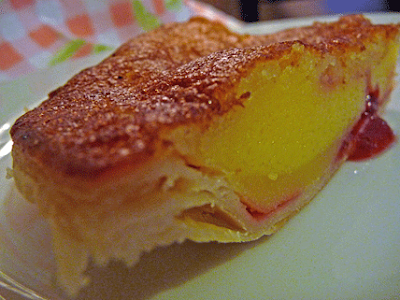
Hot and peppery, juicy and crunchy, that’s how I like my watercress, and it would seem that the only way it’s going to be good is if it’s picked fresh and eaten straight away.
Supermarkets have the rather nasty knack of separating it into little pieces and squashing it into a plastic bag. This has the undesirable effect of bruising and ruining the flavour as well as the texture.
Now I’ve discovered that my local Sainbury’s has seen some sense and is supplying it living and growing in a pot. What a brilliant idea – if they can do it with herbs and lettuces, then why not watercress?
The one I found was even grown in my home county, so that proved to be an added delight.
Then it struck me. If it’s alive then why can’t I keep it going beyond it’s little container, so that it can provide a continous plentiful supply of its leaves and stems?
I promptly went in to the garden and filled a terracotta pot with compost and then eased the plant out of its plastic pot and divided it into three clumps. I planted them in the compost and then poured some gravel over and around. Next I put the whole pot into another container so that it could stand in water to keep it nice and moist.

As watercress normally grows in its natural habitat near to flowing streams I’ve been making sure that the water is changed regularly so that it doesn’t go stagnant.
The plants seem to be doing very well, especially after all the rain we've had (what happened to summer?) and have recovered well each time, after me snipping off their leaves.
For information about watercress and some recipe ideas visit: watercress.co.uk



































